One of the reasons flat roofs are commonly installed on commercial buildings is they stand up well to weather elements like sleet, snow, and rain. While properly installed flat roofs are designed to drain water away from the rooftop, poorly designed and maintained ones can cause water to pool on the rooftop which can, in turn, lead to membrane damage, leaks, and accelerated wear and tear on the roof structure.
This is where flat roof drainage systems come in.
Flat Roofs Aren’t Flat
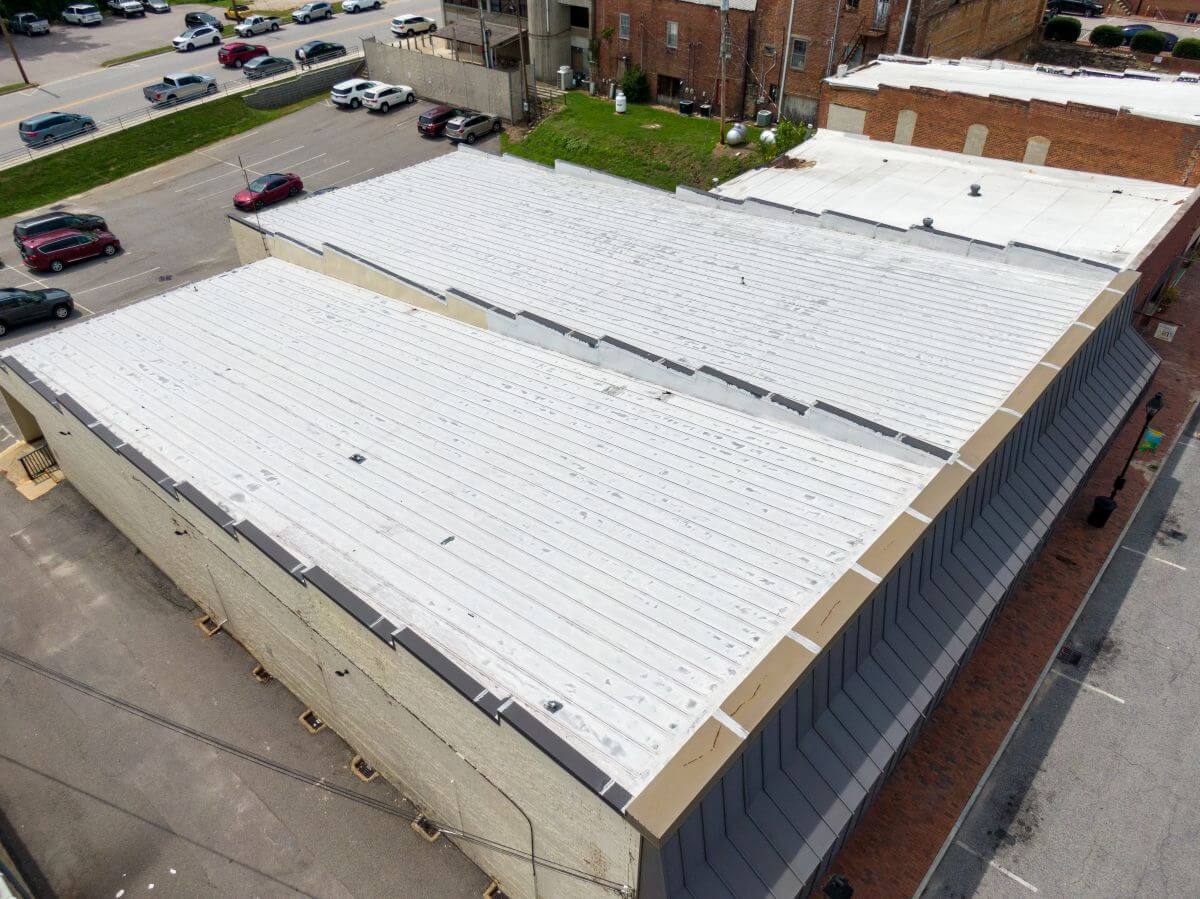
The use of the word “flat” when it comes to a roofing system is a misnomer. Flat roofs are not flat. Most flat roofs have a slight incline built into them that works with gravity to coax water gently away from the rooftop. Most also have v-shaped tapered accessories called crickets that help route the water away from the parts of the roof where water tends to pool, areas like corners and around rooftop equipment, skylights, and chimneys.
Flat Roof Drainage Systems
In addition to a low slope rooftop and crickets, flat roofs use drainage systems to effectively channel water away from the roof surface and building. The two most commonly used flat roof drainage systems in the Northeast include:
- an inner drain system, and
- a scupper drain system.
Both systems should be designed by a reputable flat roof engineer to ensure the system is sized to handle the anticipated precipitation.
Inner Drain System
The inner drain system is also known as an interior drain. This system has mesh-covered roof drains placed strategically in the field of the roof where water has a tendency to collect. The mesh prevents debris from entering and clogging the system.
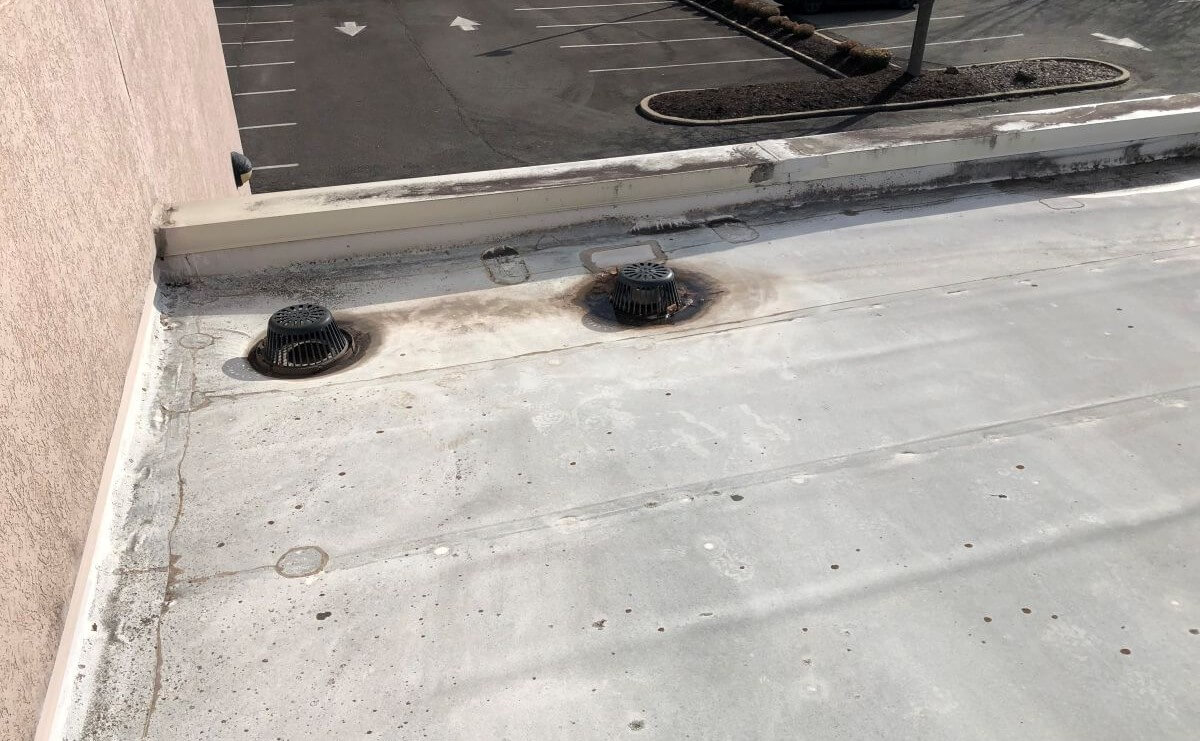
Inner drains are connected to a system of pipes that run below the roof, inside the building where they are not exposed to the elements and therefore less prone to cracking, freezing, or bursting. The drains and pipes collect the water and release it into a gutter or downspout on the side of the building.
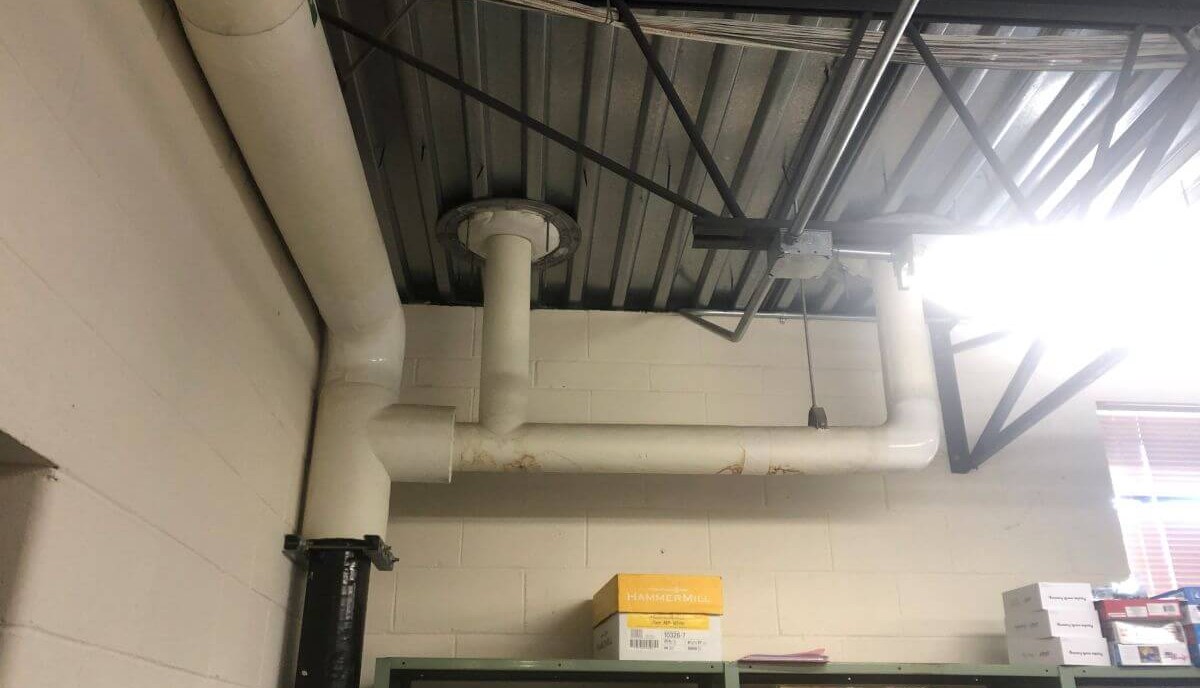
Inner drain systems are very effective at removing water from the roof so long as the roof has some built-in pitch toward the drain.
The Scupper Drain System
The second system is the scupper drain system. This system consists of a series of cut outs in the outer wall that allow the water to flow from the edge of the roof through downspouts below them. The scupper drain system may be the most efficient way to remove water from a flat roof. The system is easy to maintain, and it tends to resist clogging.
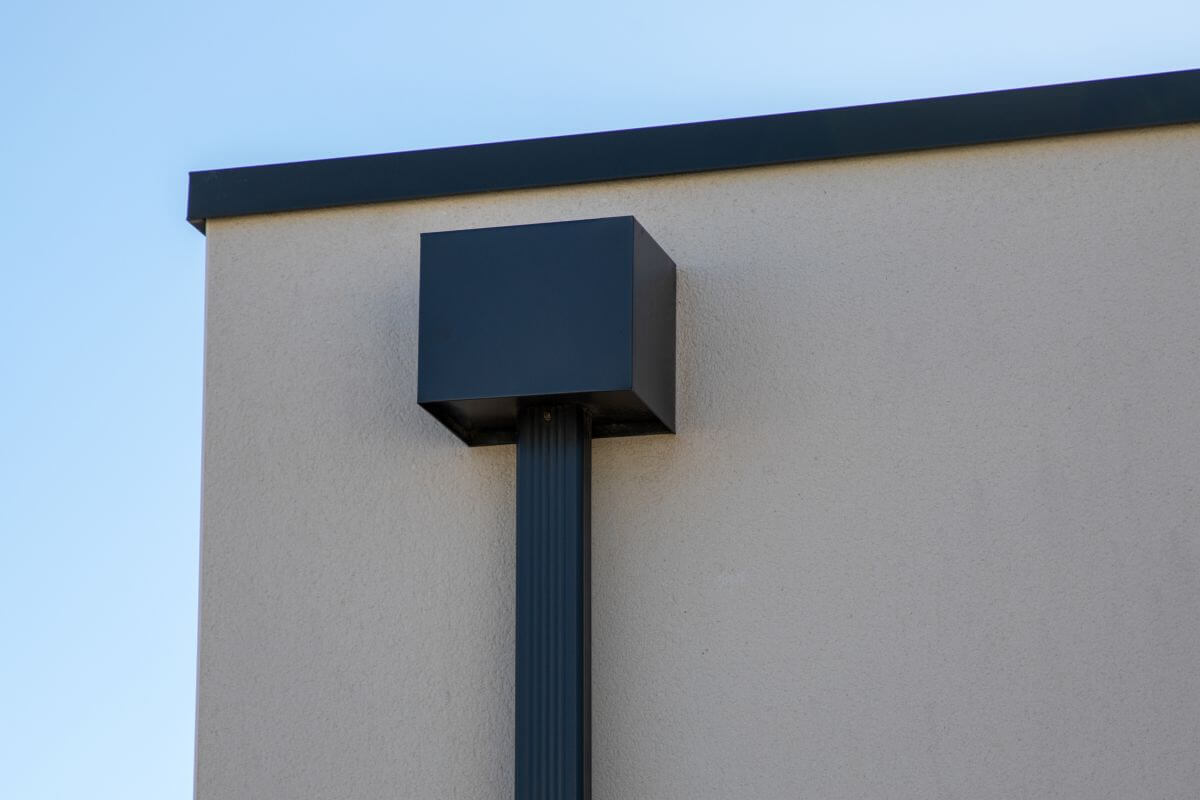
Post Installation Considerations
Whatever system you choose will require maintenance. Most of the maintenance will involve debris removal and the occasional fix due to normal wear and tear.
A proper flat roof drainage system is very important to the overall health of your roof and building occupants. Ponding water can add increased weight to the rooftop and deteriorate the roof membrane leading to potential leaks and structural damage.
If you do have a ponding water problem, both types of drainage systems can possibly be added to an existing structure. Once installed, maintain it regularly and perform routine inspections to ensure your drainage system continues to function properly. It will save you in the long run.

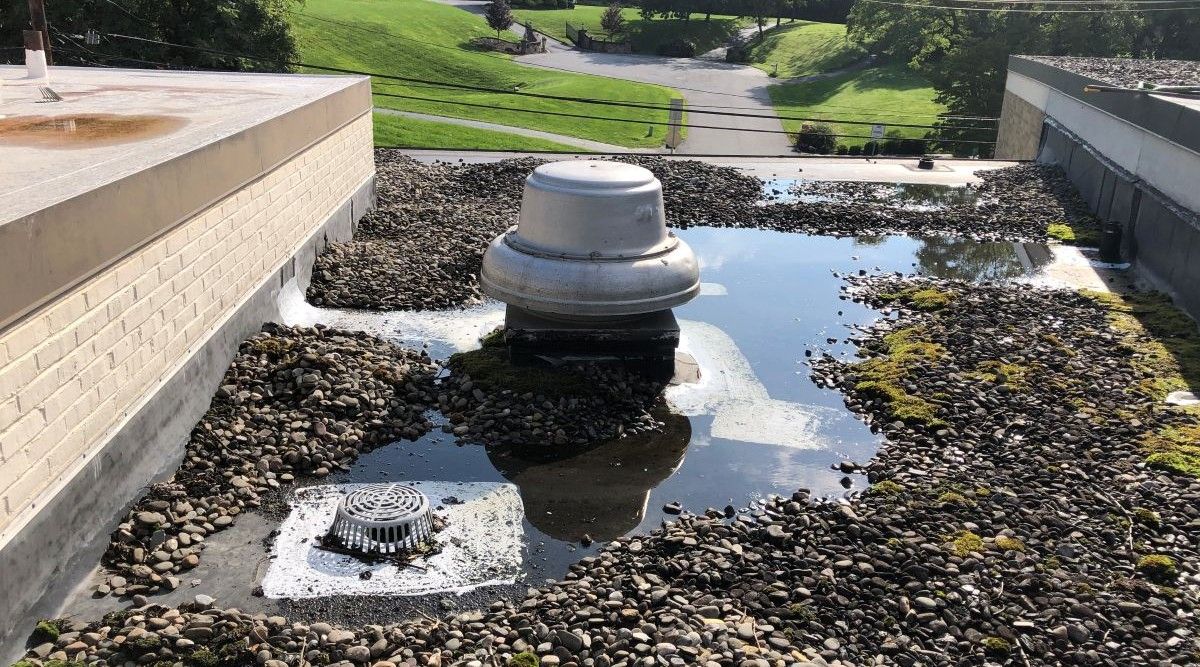
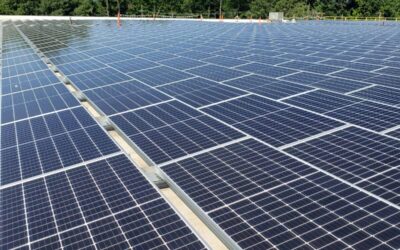
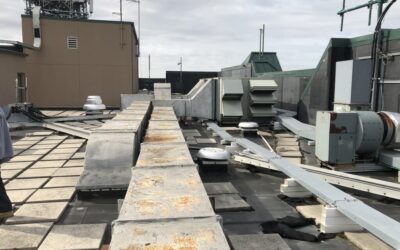






Add your first comment to this post